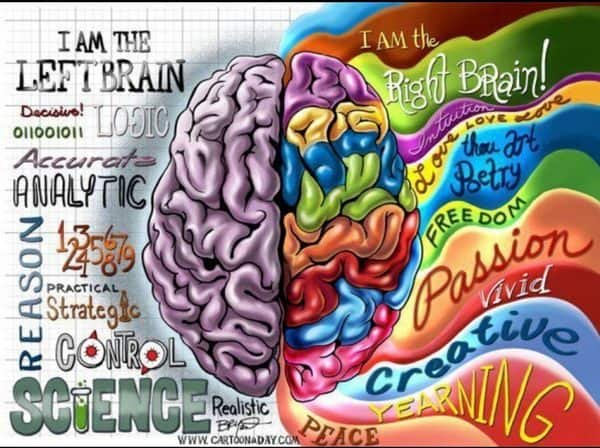
Are you familiar with neuroplasticity? This term refers to the brain’s ability to learn, unlearn, and relearn. But how is this topic relevant to the educational space? Our brain has two halves, and we are our best self when both halves function as a whole. It is human nature to rely on one side more than the other. Life experiences, trauma, or preferences can allow one side to be more dominant. We can learn to cope by practicing skills that will help our brains create new connections; and let’s face it, educators can take all the coping skills we can get!
This blog, co-written by Jill Baumgartner, LCSW, will provide a better understanding of what it means to be “whole-brained.” Our goal is to present this complex topic in a digestible way and to provide helpful methods to find the brain's sweet spot, where the right-and-left side are in balance with one another.
Jill, can you tell us a little about what you do and its relevance to the educational space?
Thanks, Joy. Yes, I am a licensed clinical social worker in private practice and I provide psychotherapy to all ages. Working with different ages over the years, I became curious about the effectiveness of certain coping skills I was offering to clients. Many traditional therapy skills focus on cognition (thoughts) and verbal processing. This approach is valuable, but as I grew as a clinician, I learned more about the body and the nervous system. With a simple understanding of the brain, we can integrate natural body responses and rewire thought patterns. Whole-brained skills can have a positive impact for youth and adults. We function best when both sides of the brain are balanced. This can be especially helpful for learning and development within the educational setting.
Can you talk to me about what Psychoeducation is and why it is important?
Sure! Psychoeducation means presenting information that can provide context for someone’s experiences. It is a supportive way to develop an understanding about thoughts and emotions. The theory here is, if we don’t understand something to a certain extent, how can we change it? Receiving knowledge about our behaviors and how the brain operates can feel validating and empowering at any age. Validation is linked to the production of oxytocin in the brain; oxytocin helps us bond and feel “seen” by others.
Neuroplasticity suggests that we can change and strengthen neural connections within the brain. Okay, but how do we do this? A basic understanding of each side may help. The right side is emotive, attentive, creative, imaginative, expressive, and rhythmic. The left side is practical, intellectual, verbal, logical, order, and reasoning. When our right-and-left brain communicate with one another, these connections pass over a “highway” of nerve fibers in the middle of the brain called the corpus callosum, or “CC” for short. We want the “CC” to be strengthened and have frequent back-and-forth, right-and-left activity. It’s whole-brained exercise.
If there was one concept that you think every person should know and understand when it comes to emotional awareness & coping skills, what would that be?
There are many reasons to cultivate emotional awareness at a young age. If we can shift our thinking and start to view emotions as messages, then we can tune into these messages to navigate our experiences. The body provides clues into our emotions too, but sometimes we need a guiding hand along the way.
As youth are still developing, it can be difficult for them to articulate their feelings, so their emotions are often communicated through behaviors. But often, as adults, we don’t fully recognize what’s happening or we don’t remember what it was like. This can lead to miscommunication, stress, or even shame. Coping skills can help in the moment and serve as a healthy dose of prevention.
Jill, in this time when emotions are heightened for many reasons, what are some techniques that people can do to cope?
Knowing what we’ve learned about the brain, it can be easier said than done to “just journal” or “let it go.” It may take some creativity to see which skills are effective and when. A good first step is bilateral stimulation (BLS). BLS is alternating back-and-forth between both brain hemispheres in a rhythmic pattern with touch, tone, or eye movements. BLS can calm the body and decrease looping thoughts. Now the “CC” is truly getting some cardio.
Whole-brained strategies to try:
1. Bilateral stimulation (with touch): Useful for emotional dysregulation, difficulty with reasoning/logic
Tapping each foot rhythmically back-and-forth, counting to 12.
Butterfly hug
Finger tracing
Movements “crossing the midline”
2. Left-brained skills: Useful for big emotions, easily distracted, acting silly, after recess
Label feelings (feelings chart, emoji faces)
Name objects in the room
Writing, creating lists
A scaling system from 0-10. A 0 is “Cool as a cucumber/Couldn’t be better” and a 10 is “Volcano erupting/System overload”
3. Right-brained skills: Useful when someone needs a “brain break”, anxious, stressed
Use of descriptive words: colors, shapes, textures, sizes, or metaphors
Laughing, singing, dancing
Identifying body clues (shaky, raised voice). Locating body clues (head, stomach).
Deep breathing with hands placed on the abdomen. Inhaling through the nose for 4 seconds (smell the flower), exhaling through the mouth for 4 seconds (blow out the candle). Can repeat 4x.
There is power in our left and right brain! We are our best selves when both sides of our brains are working in harmony. We Hope that the tips and techniques we have highlighted in this blog will prove useful when yourself needing to take a mental minute and regroup. For more information on this topic visit Jill’s Website, and Buckner Educations Instagram LinkedIn and Facebook profiles for dedicated posts about neuroplasticity.
Jill Baumgartner, LCSW, is a psychotherapist in private practice in San Diego, CA. She believes in healing the mind, body, and spirit with different modalities to create change. She is passionate about helping others.. To learn more about Jill and her practice visit jillbaumgartnerlcsw.com.





